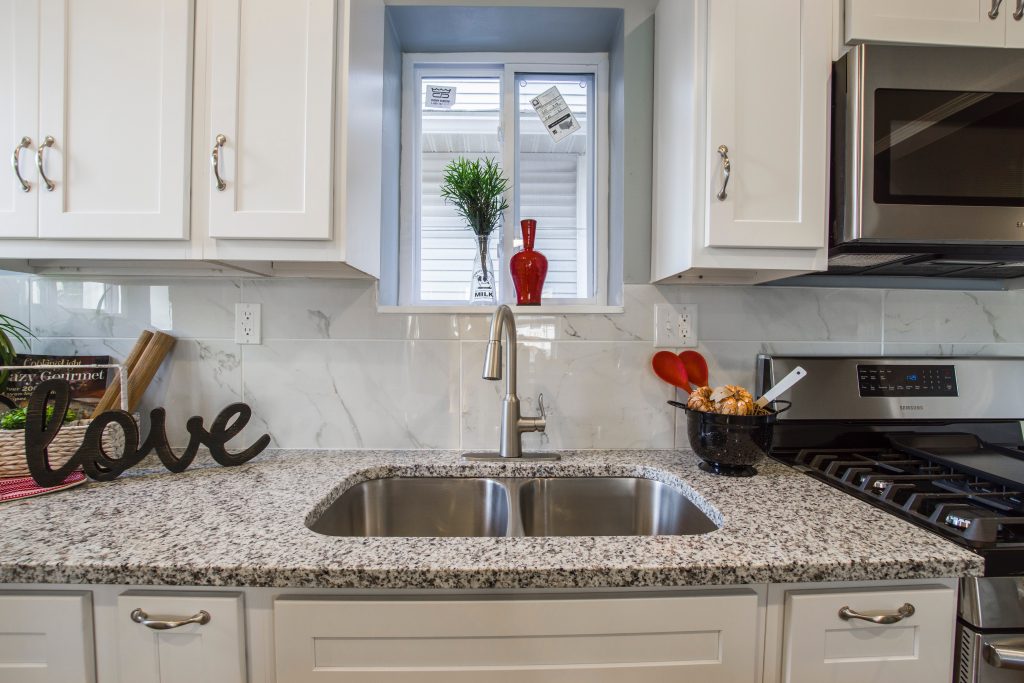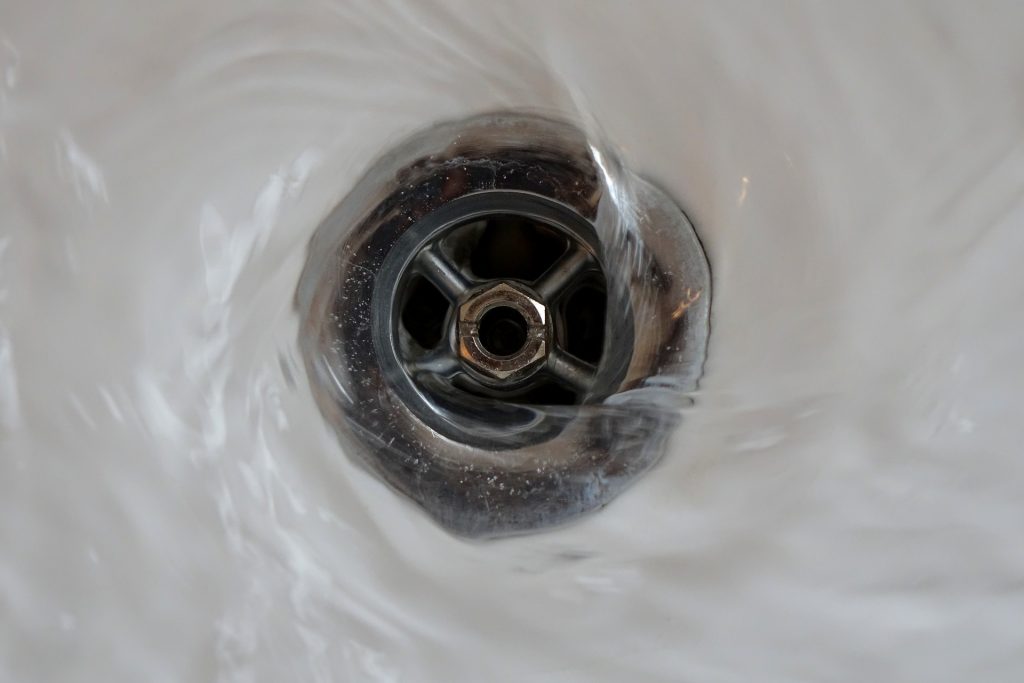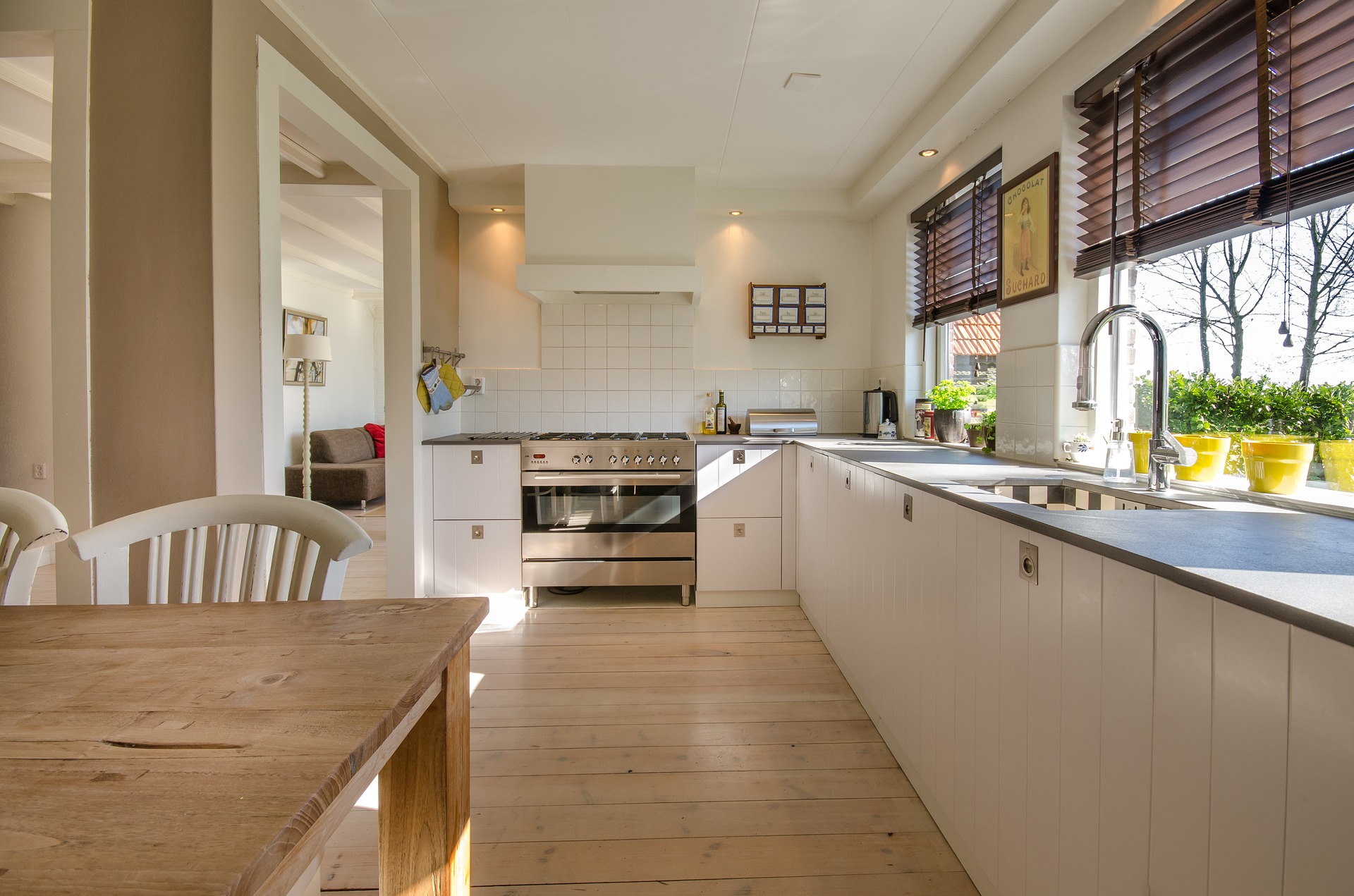While you can always call a plumber to help you solve the issues such as drain clogging, being self-reliant is a skill the significance of which simply can’t be stressed out enough. It’s not just about saving money on unnecessary repairs. It’s also about saving yourself from a ton of easily-avoidable stress. Seeing as how this is a recurring problem, it’s about saving yourself from a ton of easily-avoidable stress on a regular basis. All in all, here are the top seven simple tips and tricks on what you should do to unclog your drain and avoid an imminent kitchen nightmare.
1. How big of a problem is it?
The first question worth asking here is – just how big of a problem is this actually? Sure, water is passing slower than usual but is this a health hazard or just something that will mildly inconvenience you. Other than this, you have the problem with the smell of the place, as well as the hazard of a leak, which could ruin your kitchen rug and even dampen your hardwood floor. The thing about the problem that a clogged drain in the kitchen can cause may not be enormous but it’s an easy one to prevent and detect. Due to the fact that it’s also inexpensive to fix, there’s really no reason for you to put up with it.
2. Diagnose the clog

Once you decide to fix the issue, your first step should be diagnosing the clog that you’re dealing with. There are a range of causes of a drain being blocked, most of which can be fixed without a plumber. Most commonly, we’re talking about residue in the form of hair, soap, dirt, food waste, mineral buildup or even small objects. The diagnostic becomes a lot easier when you know your own cooking habits and dishwashing behavior. By diagnosing a problem, you’ll not only figure out how to resolve it but also understand how to best avoid this problem. Remember that the clog doesn’t just happen – it’s you and your roommates/family who have caused it. By knowing how you can easily avoid repeating the same mistake in the future.
3. Home-made solutions
The simplest, cheapest and, by far, the safest solution is to go for a home-made de-clogging mixture. First such mixture is made out of dish soap and hot water that you should just pour down the drain. Another handy solution is a mixture of vinegar and baking soda. The thing about these methods is that they require materials that you usually have in abundance. This means that you will not just save money but also that you’ll save yourself the unnecessary grocery shop trip. In other words, this method is just as safe as it is convenient.
4. More invasive methods
Sometimes, you need to give the clog a push, so to speak, with the help of a plunger or an appropriate tool. Sure, the auger is the tool for the job but if you don’t have one, you could make an improvised tool of your own. For instance, you could make something similar by using a wire coat hanger. Still, keep in mind that this is probably not the last time that you’ll need an auger, which is why it might be worth your while to actually buy one. On the other hand, in a case of an emergency, where you can’t wait for the morning for the store to open, or actively hate the idea of having to go to the store in order to resolve the issue, this might be a saving grace; a blessing in disguise.
5. Contact professionals
When it comes to a solution that is both simple and effective, you just can’t beat the idea of contacting the professionals. Sure, most of the time you might be able to resolve the issue, however, if there’s a major clog, you don’t own the right equipment and don’t actually know how to operate this type of Technology, it’s usually simpler just to look for help. Experts in blocked drains can even help give you a couple of future pointers in order to help you with the maintenance of your drains. This can turn a one-time investment into a benefit for a lifetime.
6. Additional problems

Now, we come to the major issue regarding your drain clogs which is the question of – does this happen often? If so, you may have a bigger problem on your hands. This is also one of the reasons why it’s good to hire professional help, for some advanced diagnostics. The most common causes are the ones we’ve discussed and your habits of failing to remove residue in a proper manner. On the other hand, it’s also possible that there’s a bad installation in place or that the pipes are simply old. If one of the latter two is the case, chances are that you won’t be able to introduce a temporary solution without a remodel, which is a costly affair but definitely worth it, in the long run.
7. Proper maintenance tips
Finally, when it comes to doing all you can to avoid this problem in the future, there’s being mindful about how you throw away things after you eat/finish preparing a meal. This, nonetheless, is a question of your nutrition, as much as it is one of home maintenance. Some things are supposed to go in a bin. If you don’t have a garbage disposal, it’s usually a good idea to use a strainer. This way, you can discard some leftovers that would be too big for the grid and potentially cause a clog. Finally, it’s also a smart idea to have a commercial de-clogging solution at hand. The expiry date on these solutions is quite lengthy, which is why buying one just to have it in the case of an emergency is a good strategy.
In conclusion
The very last thing you need to keep in mind is the fact that your kitchen drain is something that you use every day. The intensity of use alone is something that practically guarantees that, from time to time, things might go wrong. In other words, knowing how to unclog your drain on your own, or having someone to call in these scenarios, are pivotal for any homeowner out there. The sooner you learn this, the better.




